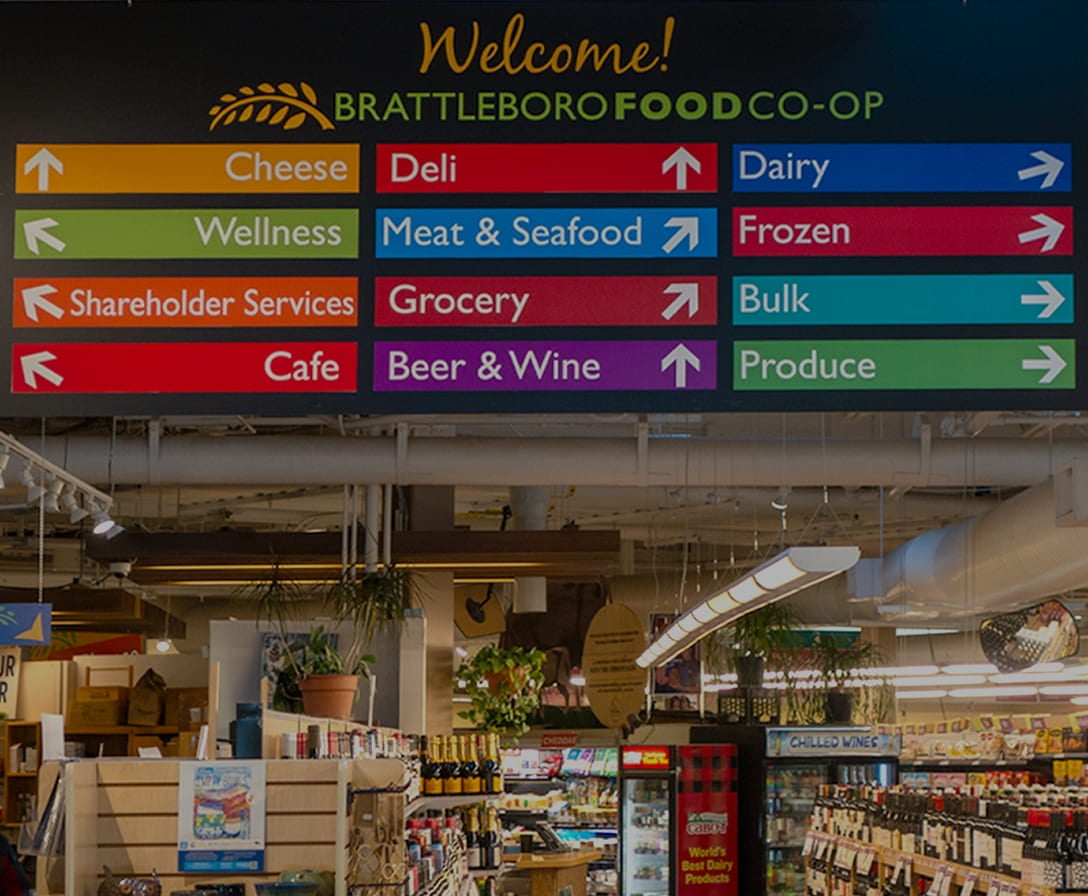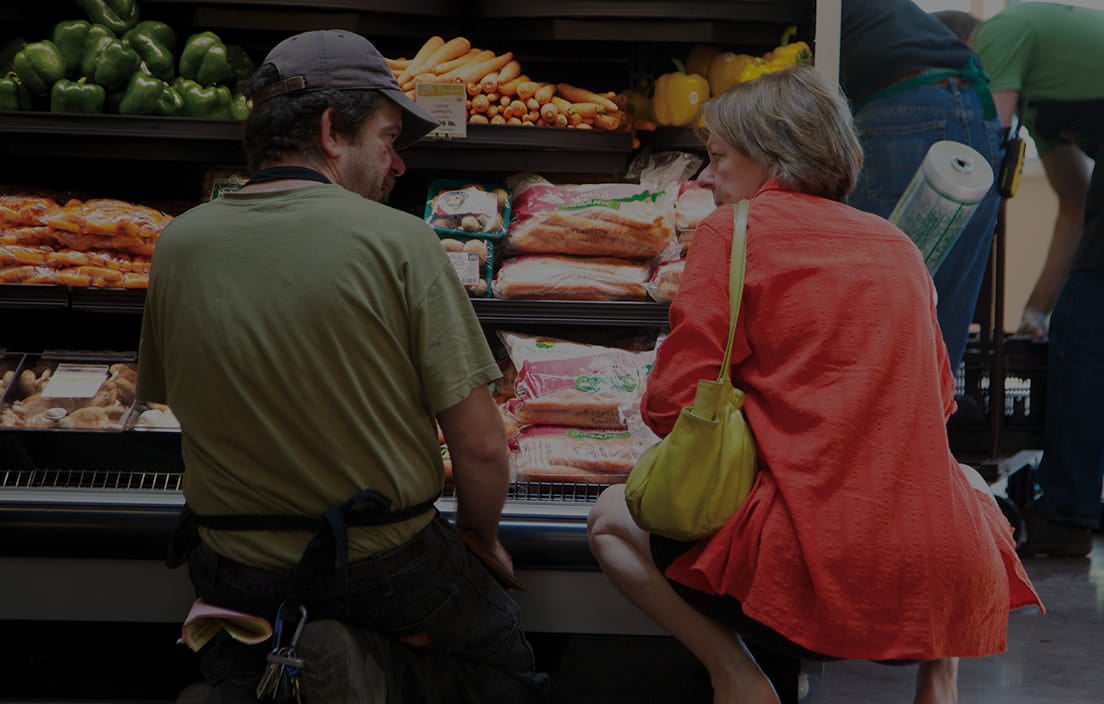Diving Into Board Service: The First Two Months
It’s late January. I was elected to the Board two months ago and have taken a deep dive: two BFC Board meetings, two tablings, committee meetings, a daylong retreat with my Board colleagues, and another full day training entitled Cooperative Board Leadership (CBL) 101 at Keene State College.
When I began my term in December, I felt a loyalty to the BFC as the phenomenal community resource it is, but my knowledge of specific Board roles, never mind new terminology, was rudimentary. It soon became clear that I had a lot to learn. Thankfully, an essential focus of cooperatives is education and training for directors, shareholders, managers and employees so that all participants can contribute knowledgeably and effectively. Along with attending the above-mentioned classes and meetings, I have been doing my homework—studying documents, articles, and governance manuals (there’s a universe of literature out there in the cooperative galaxy)—working hard at trying to make meaning of it all and thus make it my own. I will attempt to share with you a few of the kernels and nuggets I have learned in these brief, materials-packed months.
CBL 101 was attended by newly elected cooperative directors from all over the US. It is a hands-on workshop designed to provide a foundation in cooperative principles, values, history, responsibilities, governance and financial understanding. We even got to build with Legos!
By the end of the day, after structured and informal conversations, activities and presentations, I felt a significant shift in how I saw my evolution from shareholder to director. I kept finding parallels in how I strive to live my life with cooperative values—the kind of people we want to be and the traits we hope to encourage—honesty, openness, social responsibility and caring for others. An article in our course packet discusses five levels of cooperative engagement (Appreciating the Diversity of Member Needs and Motivations, by Marilyn Scholl), from “customers” who shop at the Co-op but are not members, and will shop elsewhere if a competitor offers more convenience, better selection, or lower prices, to “active owners” who are the leaders and decision-makers—Board or former Board members. If the store is a great place to shop, some customers may increase their level of involvement and become shareholders, “social members”, or eventually active owners. Individuals choose whatever level of engagement fits their needs, and the co-op’s responsibility is to serve people’s needs so they feel involved and participating, rather than to try to directly change their level of engagement. Scholl notes that many people want to be “…part of an organization that shares their values and makes a difference in the community and the world.” I was clearly motivated by this to move along the continuum from customer to active owner.
At the BFC, pairs of Directors from our Board sit at a table near the Cheese Department for two hours each month, asking customers about their experiences at the Co-op and enticing conversation by offering snacks. This is referred to as “tabling”. The comments from customers are presented and discussed at the next Board meeting. When I tabled on January 21 after having attended CBL 101, I had an opportunity to practice some of what I had learned. I tabled with Mary Bené, my Board mentor, helping me understand my role and responsibilities. (Mentoring is another valuable learning tool the BFC employs to help new Directors navigate Board service.) I love to talk to people—friends and strangers alike—and this time Mary and I asked customers what it was about the Co-op that brought them there, inviting them to delve deeper into their motivation for shopping and asking them for feedback about what could improve.
I believe that tabling is the perfect vehicle for us as Directors to gather information from our shareholders (to whom we are accountable) so that all voices are heard. Tabling gives customers and shareholders an opportunity to get to know their elected Board representatives, and the BFC can use the information and feedback gathered to inform decisions. I believe another benefit of tabling is reinforcing meaningful social interaction, which may encourage customers and shareholders to deepen their levels of engagement. As Scholl reminds me in her article, “Because our co-ops aspire to being a link in a sustainable and more just society, cultivating this ambassador relationship with our members is significant to our cooperative mission.”
There’s still so much to learn and explore. My next challenge is to understand financial reports, which I hope will involve more hands-on activities with Legos!
By Judy Fink
About Producer of The Month

Shop Online

On Sale Now!

